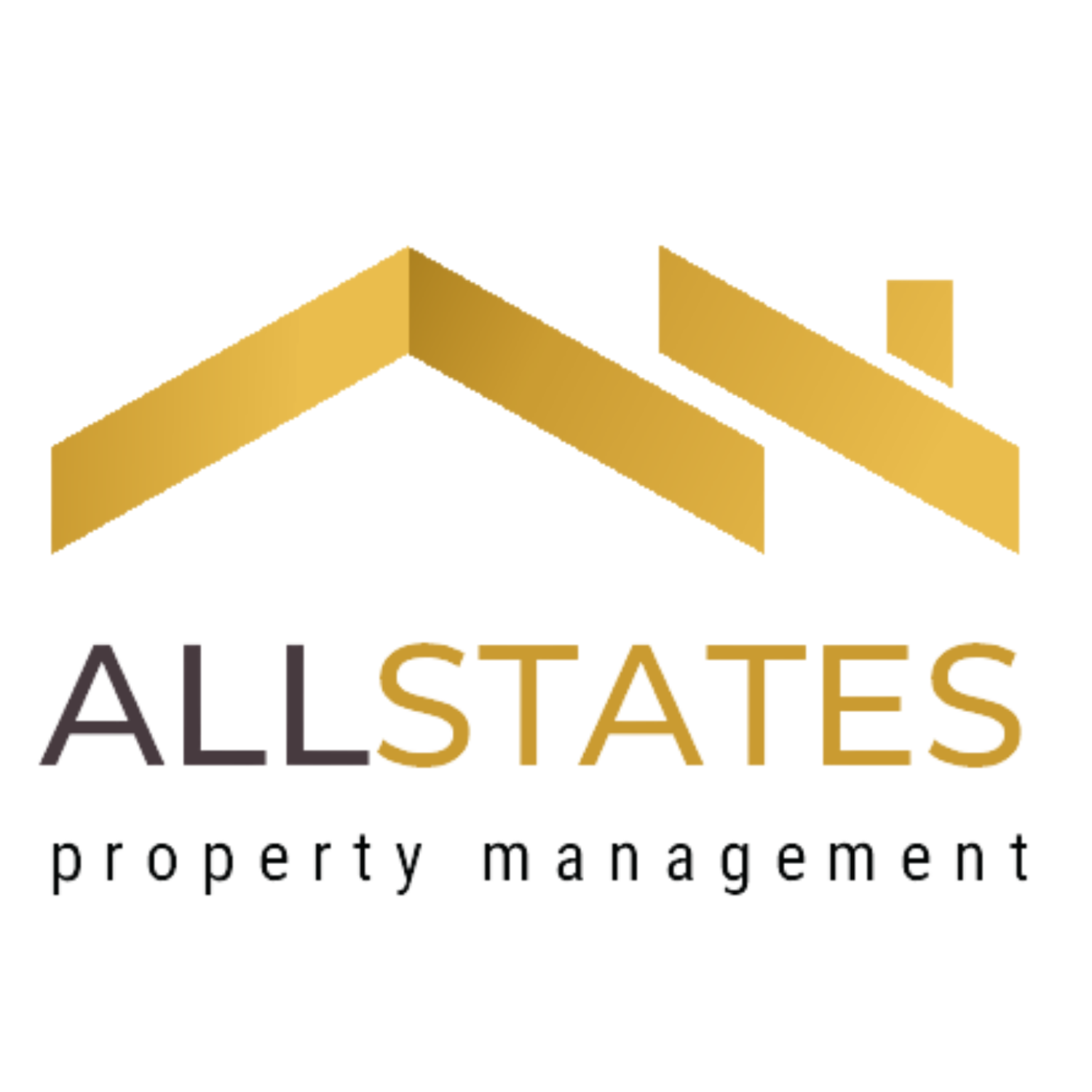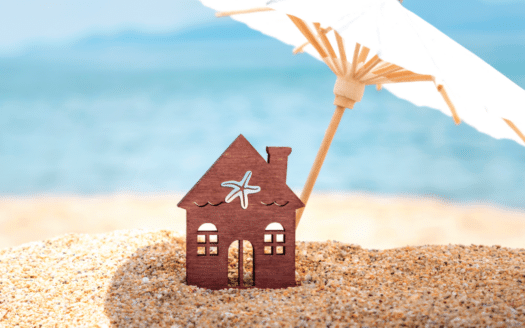
How Much Does It Really Cost to Own a Home in Florida? Hidden Expenses to Consider
Owning a home in Florida is a dream for many, but before you dive into homeownership, it’s essential to understand the true costs involved. Beyond your mortgage payment, there are several hidden expenses that can catch new homeowners off guard. From HOA fees to insurance and maintenance, let’s break down the real cost of owning a property in the Sunshine State.
1. Homeowners Association (HOA) Fees
Many communities in Florida are governed by homeowners associations (HOAs). While these organizations can provide valuable amenities like gated security, pools, and landscaping, they come at a price. HOA fees vary widely based on location and services, but they can range from $50 to over $500 per month. Some luxury communities may charge even more. Be sure to factor in these fees before purchasing a home, as they are mandatory in HOA governed neighborhoods.
2. Property Taxes
Florida may not have a state income tax, but property taxes can be a significant cost. Property tax rates depend on the county and the assessed value of your home. On average, Florida homeowners pay around 0.83% of their home’s value in property taxes each year. However, this rate can vary, and areas with high value properties often see higher tax bills. Additionally, taxes can increase over time as property values rise.
3. Home Insurance and Flood Insurance
Florida’s weather can be unpredictable, with hurricanes and flooding being real risks. Standard homeowners insurance may not be enough, and many homeowners are required to purchase additional flood insurance if they live in high risk zones. The average cost of homeowners insurance in Florida is around $2,000 to $4,000 per year, but rates can be much higher in coastal areas. Flood insurance, which is often required by mortgage lenders in flood prone zones, can add another $700 to $1,500 annually to your expenses.
4. Maintenance and Repairs
Owning a home means handling maintenance and repairs, and Florida’s climate presents unique challenges. The hot and humid weather can take a toll on roofing, HVAC systems, and exterior paint. Pest control is also a common expense, as termites and other insects thrive in Florida’s climate. On average, homeowners should budget at least 1% to 3% of their home’s value each year for maintenance and repairs.
5. Utility Bills
Utility costs in Florida can be higher than in other states due to the need for air conditioning year round. The average electric bill for Florida homeowners is around $130 to $200 per month, depending on the size of the home and energy efficiency. Water and sewer services can also add another $50 to $100 monthly, depending on location and usage.
6. Hurricane Preparation and Protection
Living in Florida means preparing for hurricane season. Many homeowners invest in hurricane shutters, impact resistant windows, and generators to protect their properties during storms. These upgrades can cost thousands of dollars but are often necessary to minimize damage and ensure safety. Additionally, some homeowners may need to budget for temporary relocation costs if a hurricane forces them to evacuate.
7. Closing Costs and Mortgage Fees
Beyond the down payment, buyers in Florida must cover closing costs, which typically range from 2% to 5% of the home’s purchase price. These costs include loan origination fees, title insurance, home inspections, and other administrative expenses. First-time buyers should be aware that these costs can add up quickly and should be factored into their budget.
Final Thoughts
While Florida offers great weather, beautiful beaches, and no state income tax, homeownership comes with several hidden costs. Before buying a home, it’s crucial to account for HOA fees, insurance, maintenance, and other expenses to avoid financial surprises. By planning ahead and budgeting properly, you can enjoy your Florida home without unexpected financial stress.






